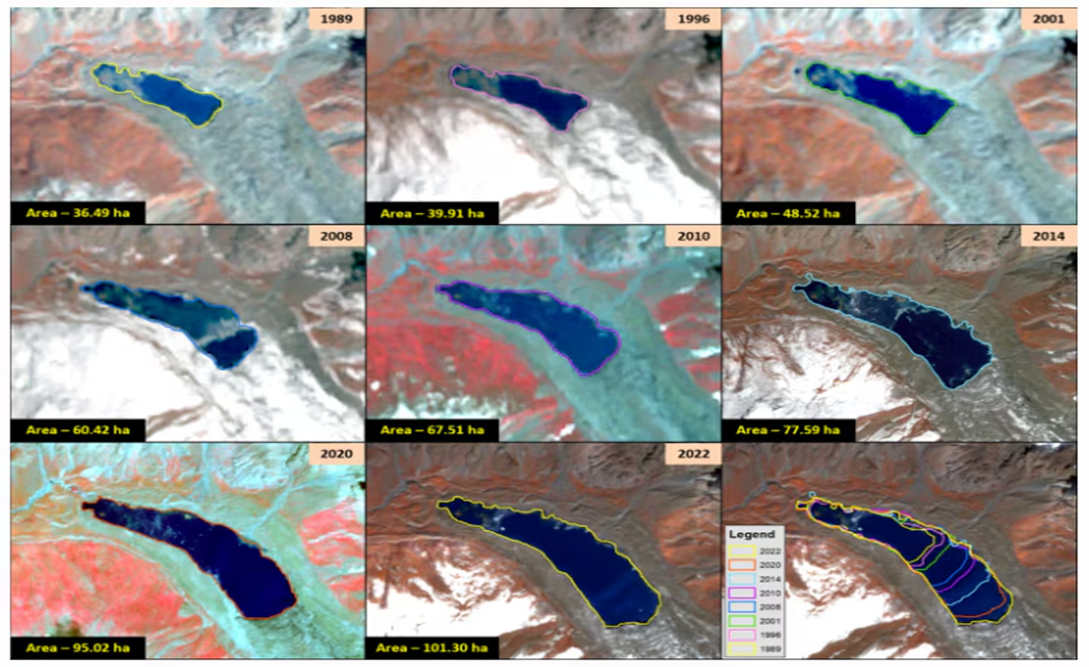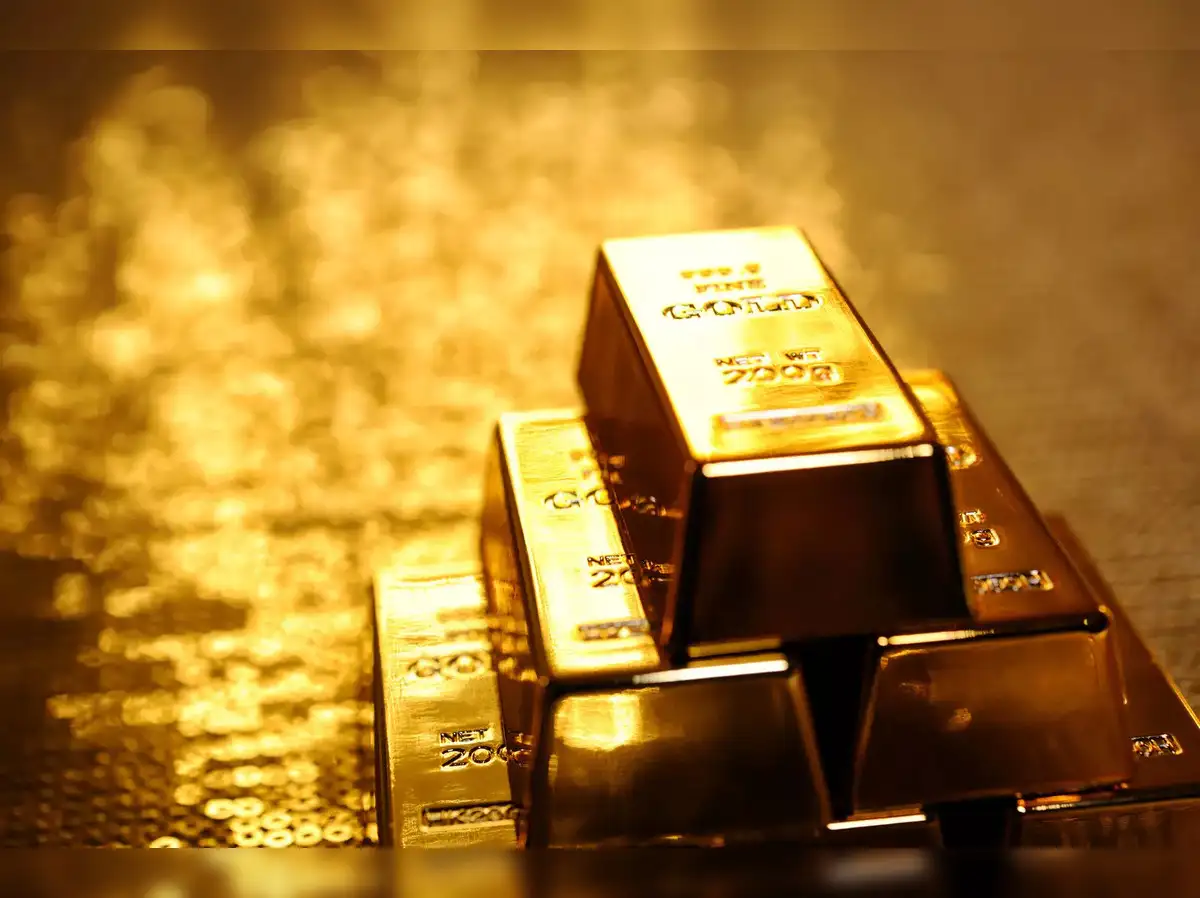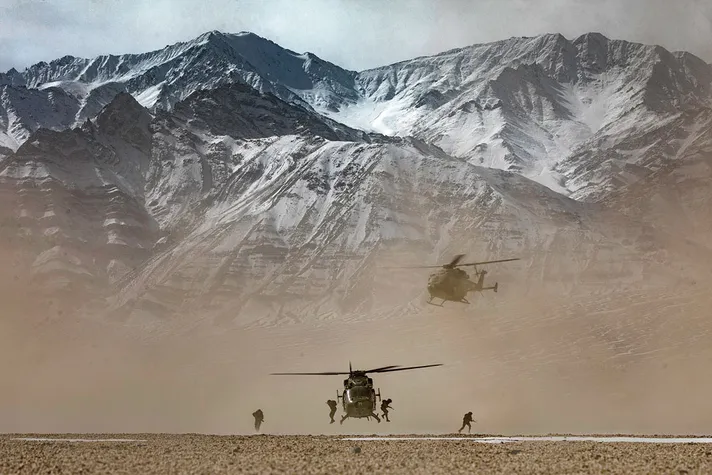- Courses
- GS Full Course 1 Year
- GS Full Course 2 Year
- GS Full Course 3 Year
- GS Full Course Till Selection
- Online Program
- GS Recorded Course
- NCERT (Recorded 500+ Hours)
- Polity Recorded Course
- Geography Recorded Course
- Economy Recorded Course
- AMAC Recorded Course
- Modern India, Post Independence & World History
- Environment Recoded Course
- Governance Recoded Course
- Science & Tech. Recoded Course
- International Relations and Internal Security Recorded Course
- Disaster Management Module Course
- Ethics Recoded Course
- Essay Recoded Course
- Current Affairs Recoded Course
- CSAT
- 5 LAYERED ARJUNA Mentorship
- Public Administration Optional
- ABOUT US
- OUR TOPPERS
- TEST SERIES
- FREE STUDY MATERIAL
- VIDEOS
- CONTACT US
ISRO Warns of Expanding Glacial Lakes in The Himalayan Region
ISRO Warns of Expanding Glacial Lakes in The Himalayan Region
29-04-2024
The Indian Space Research Organization (ISRO) has issued a warning that over 27% of the identified glacial lakes in the Himalayas have significantly expanded since 1984, with 130 of those lakes located in India.

- Long-term satellite imagery from 1984 to 2023 reveals significant changes in glacial lakes in the catchments of Indian Himalayan River basins.
- Out of 2,431 lakes larger than 10 hectares identified during 2016-17, 676 glacial lakes have notably expanded since 1984.
What are glacial lakes?
- Glacial lakes form when glaciers erode land and then melt, filling the depression created by the glacier.
- These lakes play a crucial role as freshwater sources for rivers in the Himalayan region.
- Glacial lakes can be categorized into 4 broad types based on their formation process:
- moraine-dammed
- Ice-dammed
- erosion
- other glacial lakes
- Glacial lakes also pose significant risks, such as Glacial Lake Outburst Floods (GLOFs), which can have devastating consequences for downstream communities.
What is Glacial Lake Outburst Flood (GLOF)?
- GLOFs are flash floods caused by the outburst of glacial lakes, often formed by landslides in the Himalayan region.
- The sudden release of large amounts of water has the potential to cause catastrophic flooding downstream in a GLOF.

- When natural dams, such as moraines or ice dams, fail, glacial lakes release large amounts of meltwater, resulting in sudden and severe flooding.
- Dam failure can be caused by a variety of factors, including snow or rock avalanches, extreme weather events, and other environmental factors.
Key findings by the ISRO:
- Monitoring and studying glacial lakes in the Himalayan region is challenging due to the rugged terrain.
- Satellite remote sensing technology is an effective tool for inventory and monitoring due to its wide coverage and revisit capability.
- Assessing long-term changes in glacial lakes is important to understand the rate of glacier retreat, assess GLOF risks, and gain information about the impacts of climate change.
- Of the 676 expanded lakes, 601 have expanded more than double, 10 have expanded between 1.5 to two times, and 65 lakes have expanded between 1.5 times.
- Of the 676 lakes, 130 are located within India, of which 65, seven and 58 are located in the Indus, Ganges and Brahmaputra River basins respectively.
- An elevation-based analysis revealed that 314 lakes are located in the 4,000-5,000-meter range and 296 above 5,000 meters.
- ISRO highlighted long-term changes in the Ghepang Ghat glacial lake in Himachal Pradesh, which saw a 178% increase in size from 1989 to 2022.
- In October, at least 40 people were killed and 76 went missing in Sikkim after the South Lhonak Lake, a glacial lake situated at 17,000 feet, burst due to incessant rains.
Must Check: Best IAS Coaching In Delhi



